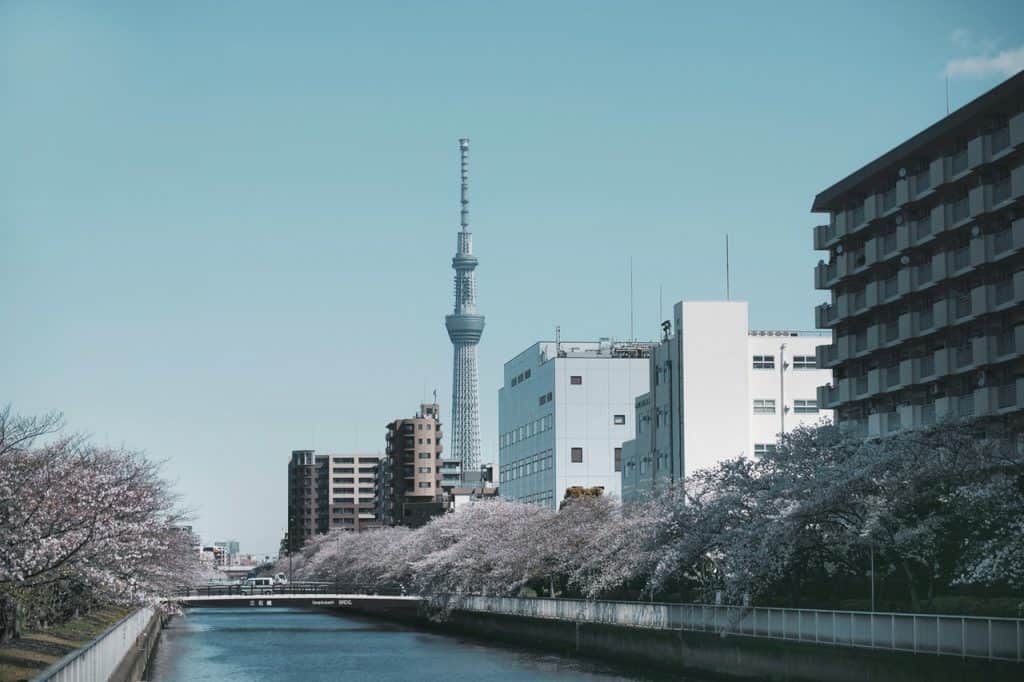7 Tokyo Landmarks That You Shouldn’t Miss
Tokyo, the capital of Japan, is a haven for anime lovers, music aficionados as well as those who thrive on making the best out of the nightlife. But aside from this, Tokyo houses a wide array of landmarks ranging from historical sites to large shopping centers. With that being said, here are the 6 Best Tokyo Landmarks you need to check out.
Table of Contents
The Imperial Palace
We start our list with a known destination in the Tokyo Marunouchi district. Featuring parks that are still dated from the 17th century, this famous place is the perfect start off point to discover more about Japan’s history and culture.
It is worth noting that the Imperial family still inhabits the palace. Built-in 1457, the castle was used as a fortress for the Feudal Lord Ota Dokan. One of the key features that make the Imperial Palace a favorite destination among tourists is the two-meter thick walls that surround the said palace as well as its gates. Inside the castle is the East Higashi Gyoen Garden which flaunts an eye-catching landscape filled with flowers and trees that are native to Japan.
If you plan on visiting the palace, you will be pleased to know that there are tours available that also include nearby historical sites and monuments, including Kikyo-Mon Gate and the Edo Castle.
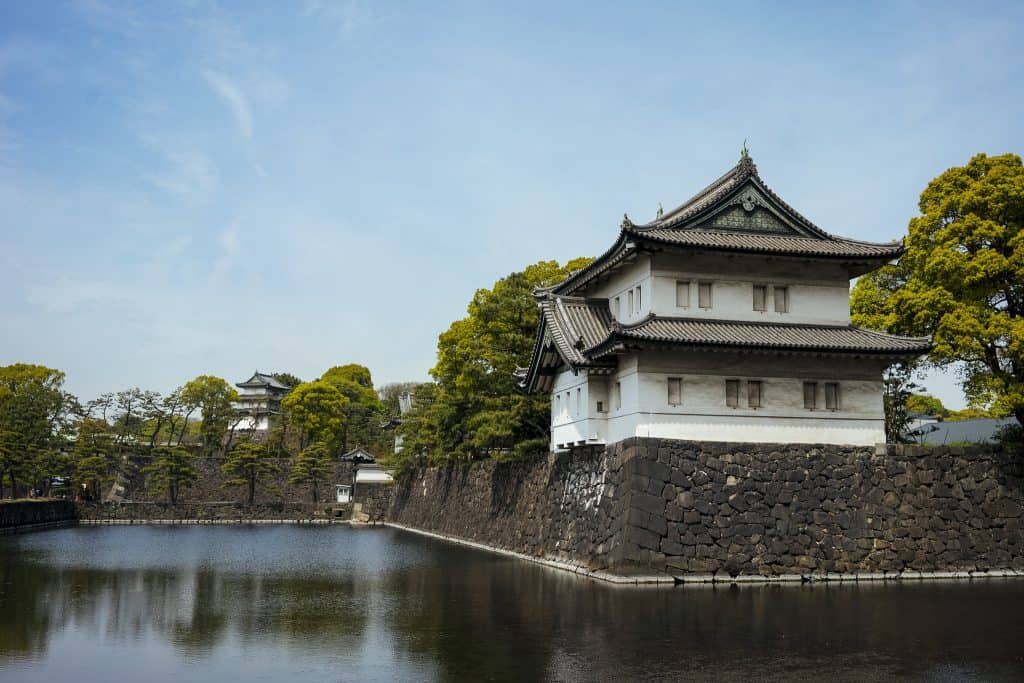

The Sensō-Ji Temple
Another historical landmark that you need to tick off your list in Japan is the Senso-Ji Temple. Established in AD 645, it is one of the oldest temples that are still intact in Asia. The temple amazingly retains all of the original intricate exterior design despite the countless renovations done by the government.
Before reaching the Senso-Ji Temple, you need to pass through a large street market where you will be welcomed by vendors that sell various traditional products such as carved furniture, ebony combs, kimonos, rare paper goods and many more.
One of the highlights of the Senso-ji temple is the Kaminari-mon Gate, which stands at the height of 3.3 meters. The said gate dons red paper lanterns which bear the writings, “Thunder Gate.” According to Japanese folklore, the entrance can treat various ailments. With these, tourists are seen cupping the smoke around the gate and then rubbing it against the part of the body that requires treatment. Aside from this, the portal also houses temple doves which are considered to be sacred messengers of the ancient gods.
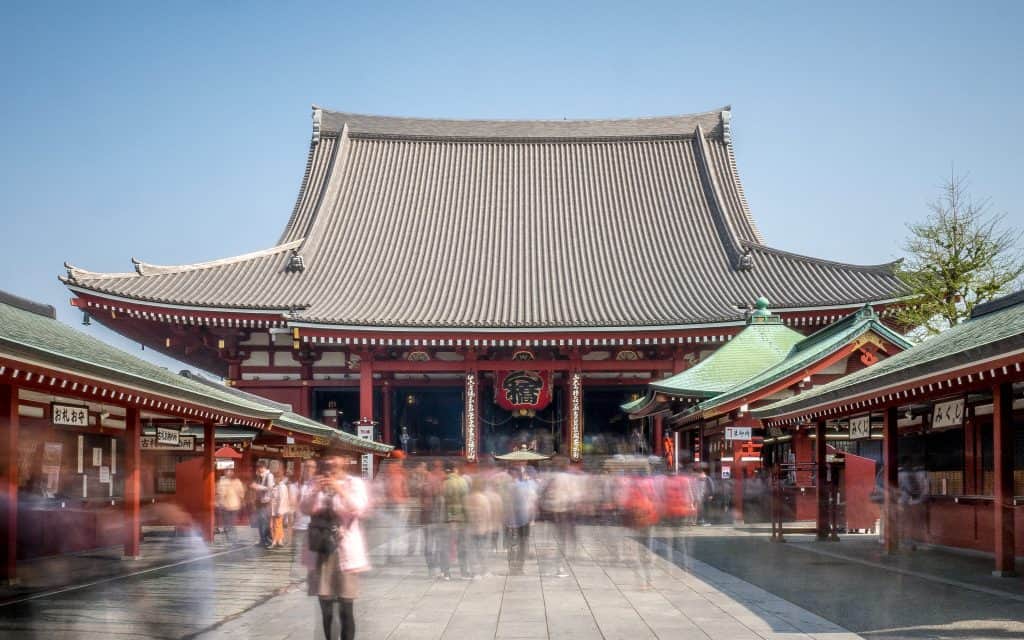
National Museum of Nature and Science
If you want something more modern, then you need to check Tokyo’s National Museum of Nature and Science. The Museum is located in the city’s Ueno Park. Contrary to it being built in 1871 and being considered to be one of Japan’s oldest museums, the said destination underwent countless renovations which ultimately gave it a modern and science fiction like interior.
The Museum is equipped with a wide array of displays that are akin to both natural history as well as modern technology. It is worth noting that tourists of all ages will have a fun time inside the Museum because they have interactive exhibits about space science and recent technological breakthroughs.
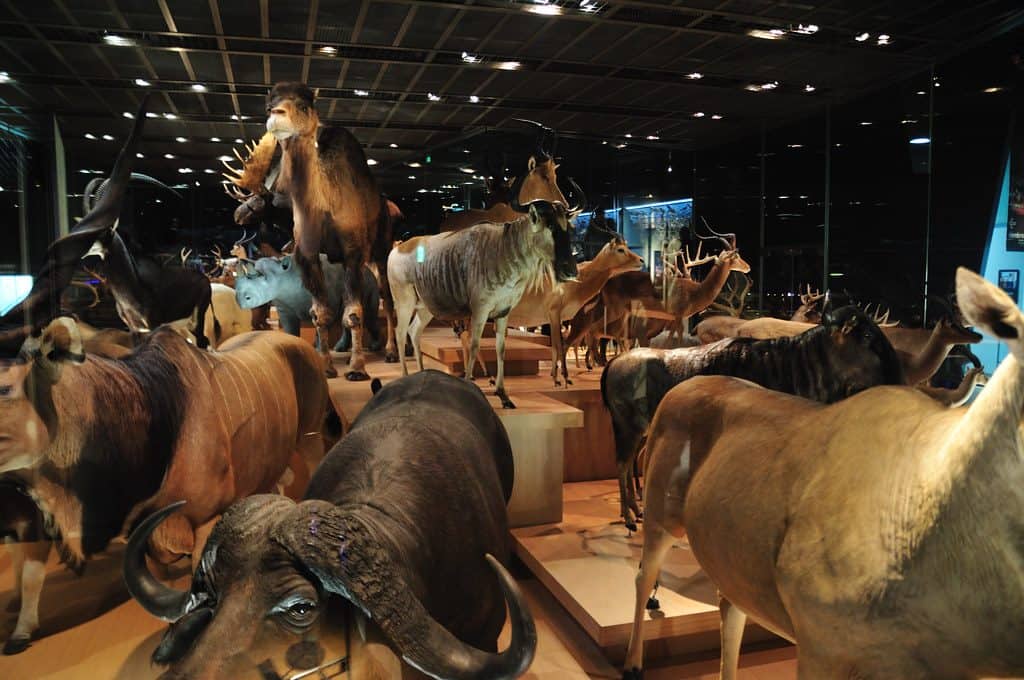

Ueno Park and Zoo
The fourth entry on our list is the Ueno Park and Zoo. Ueno Park is a worthwhile visit whenever you want to detox and take a rest from the busy streets of Tokyo. The best part is that you don’t need to travel far to take a stroll around this beloved destination as it is located in the heart of the capital.
The park is considered to be Tokyo’s most significant green space. With its lush landscape filled with various trees, Ueno Park and Zoo is a haven for those who are in the search for Instagram worthy backdrops for selfies and portrait shots. You can walk through the crisscrossed paths amidst the 214-acre park or ride short boat trips on the Shinobazu pond.
Ueno Park and Zoo also have an islet that houses the Bentendo Temple and the Toshogu Shrine. Considered to be one of Japan’s oldest zoos, the park is home to several pandas and native and rare breeds of fish in Asia. If you have kids, make sure to bring them along, because they will surely have a fun time there.
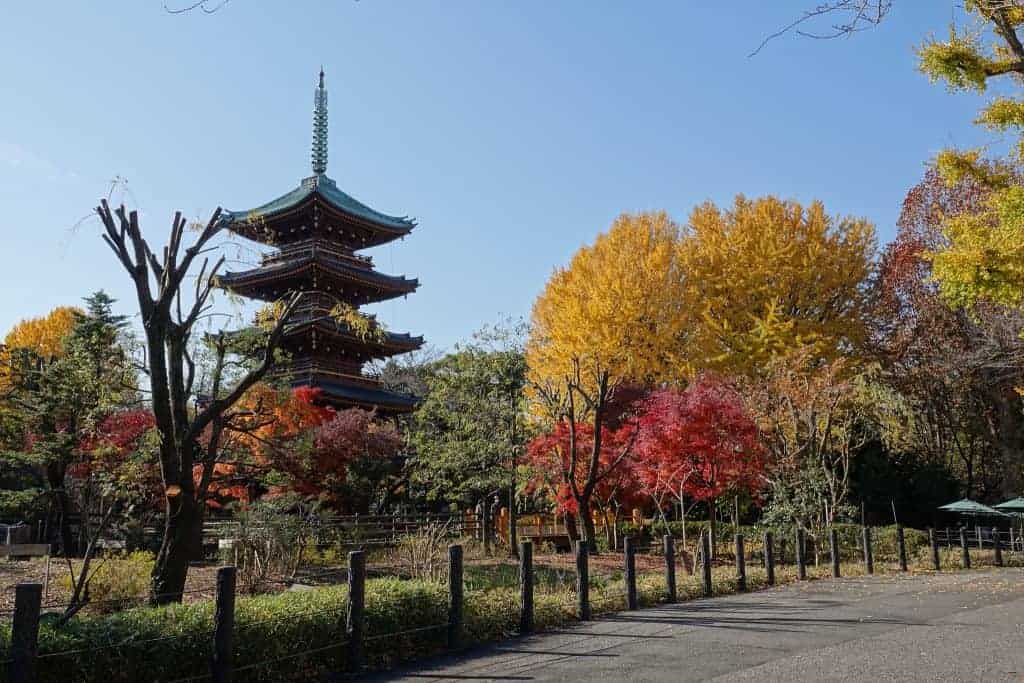

National Museum of Western Art
Merely a stone’s throw away from Ueno Park and Zoo is the National Museum of Western Art. Built and designed by well renowned Swiss architect Le Corbusier in 1959, the Museum is famous for exhibiting artwork and installations from popular French artists and collections from businessman and artist Kojiro Matsukata. Matsukata bought this art collection which is dated back to the early 20th century during his visits to Europe.
Moreover, the courtyard houses some sculptures from French artist Auguste Rodin. The era of impressionism inspires these sculptures, works explicitly from Claude Monet and Edgar Degas. After viewing the different pieces of art in the Museum, you can stop by the restaurant inside and enjoy some sumptuous meals, all while basking in the museums lovely interior.
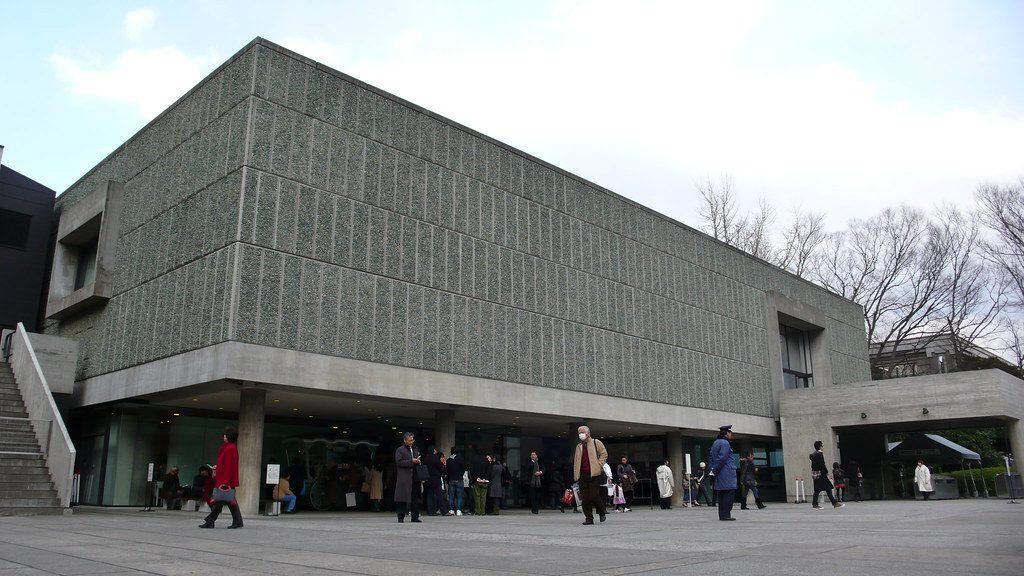

Ginza District
Considered as the main commercial center of Japan for decades, Ginza District deserves your time. Ginza District is the country’s most bustling shopping center and is as famous as the New York Times Square.
Ginza District not only houses tons of worthwhile buys, but it is also a culturally significant spot as it connects five major cities in Japan. Aside from shopping, you can also stop by their coffee shops and restaurants that have a particular theme.
The district even becomes more beautiful as the sun goes down. Huge billboards and advertising panels are being turned on, and as a result, the whole place is smothered in neon lights and exudes such high energy. Moreover, you can also see the Kabuki-za Theatre within the area which houses traditional Kabuki performances.
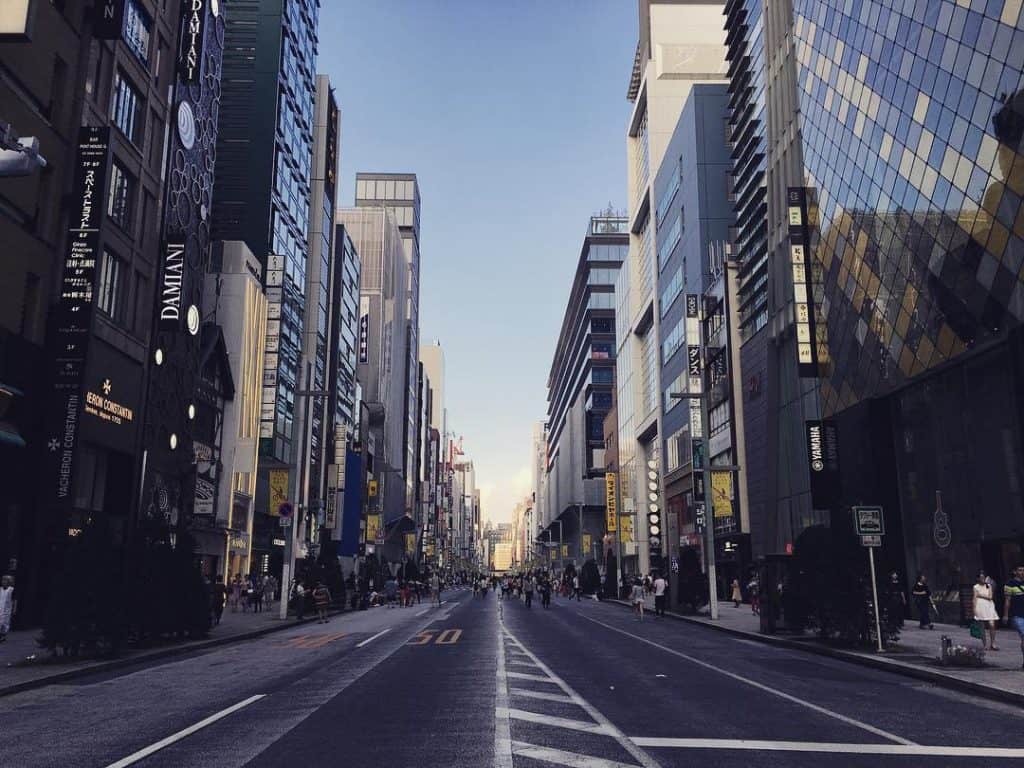

The Tokyo Skytree
Last but not least is the Tokyo SkyTree. It is a 634-meter tall tower that is located in the Sumida District of Minato. It’s hard not to be amused by the tower’s size and design.
Since its establishment in 2012, the Tokyo SkyTree has become one of the most famous landmarks in Tokyo that is visited by tourists from across the globe. You can go to the top floor of the tower and bask in the fantastic view from the restaurant as well as the observation decks.
